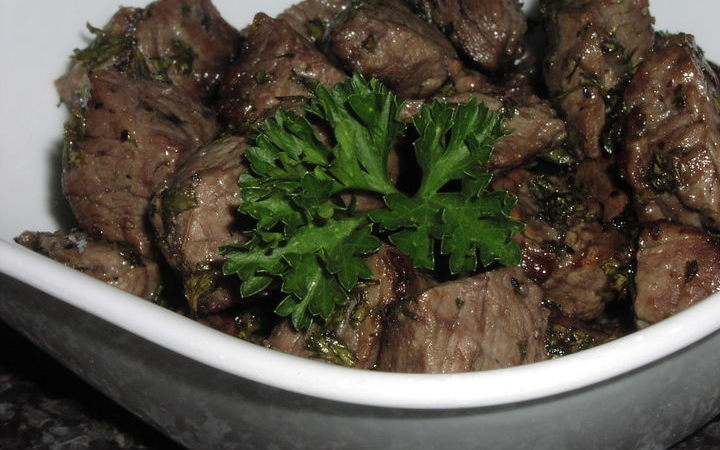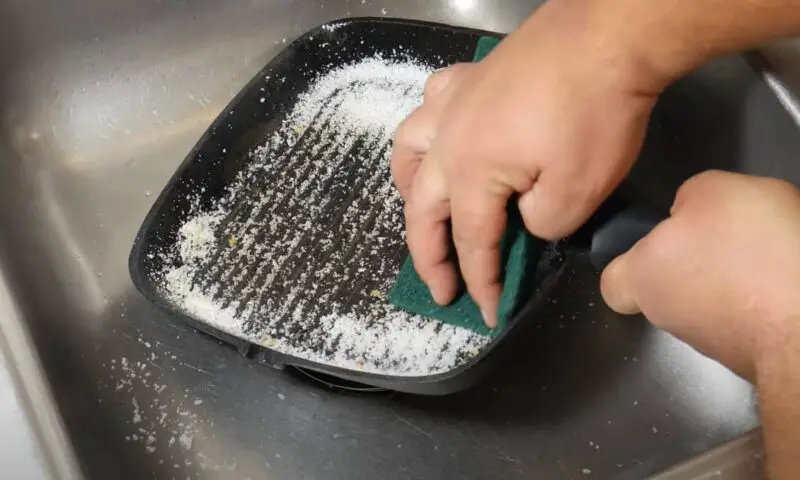George Foreman grills have become a household name and cooking staple for many people. With various models available in the market, this type of grill promises convenient indoor grilling with tasty results. However, concerns have been raised about the safety of non-stick surfaces used in cooking appliances, including George Foreman grills. In this article, we will examine the science behind non-stick surfaces and analyze whether George Foreman grills are toxic.
The Science Behind Non-Stick Surfaces
Non-stick surfaces usually contain polytetrafluoroethylene (PTFE) and per- and polyfluoroalkyl substances (PFAS), also known as “forever chemicals.” These materials are used to create a coating that prevents food from sticking to typical cookware. However, studies have linked exposure to these substances to health risks such as cancer, liver damage, developmental issues, and hormonal imbalances. Furthermore, non-stick surfaces can release toxic fumes when overheated or scratched.
Understanding the Components of a George Foreman Grill
A George Foreman grill consists of an upper and lower heating element that cooks food between two metal plates. The plates are coated with a non-stick surface that allows for easy cleaning after use.
Analyzing George Foreman Grills for Toxicity
Independent testing has been carried out on various cooking appliances to determine their toxicity levels. One study examined 20 different types of cookware, including electric grills like the George Foreman grill. The results showed that some of the tested items released chemicals into food during cooking. However, the George Foreman grills demonstrated low levels of chemical release.
Comparing Different Models of George Foreman Grills
Several models of the George Foreman grill include ceramic and titanium coatings instead of traditional non-stick surfaces. These alternatives claim to be safer because they are free from PTFE and PFAS materials.
Health Risks Associated with Using Toxic Cookware
Exposure to toxic chemicals associated with non-stick coatings and other cookware materials has been linked to various health consequences. These risks include cancer, thyroid disease, high cholesterol, and reproductive issues in women. Although the risks of toxicity from cookware are usually low, it is still important to be aware of them.
Best Ways to Cook Safely with a George Foreman Grill
If you want to minimize potential risks when using a George Foreman grill, there are certain precautions you can take. First, use proper cleaning techniques when washing your grill plates to prevent damage that could release chemicals. Second, avoid using metal utensils that can scrape off the non-stick coating. Instead, use silicone or wooden tools that are gentler on the surface. Finally, consider modifying recipes to reduce cooking time and temperature for safer cooking.
Alternative Cooking Methods to Consider
If you are looking for alternative cooking methods that are less likely to be toxic, several options exist. Cast iron pans are durable and naturally non-stick when seasoned correctly. Stainless steel pots and pans are another option that does not release any harmful chemicals into food. Finally, anodized aluminum cookware is highly corrosion-resistant and offers long-lasting performance.
Consumer Perception and Awareness
Understanding the public’s perception of George Foreman grills is essential when considering how companies should handle safety concerns related to their products. It is the responsibility of manufacturers, above all else – including sales – to protect consumers’ health by informing them of potential risks related to using their products.
Conclusion
In conclusion, the George Foreman grill isn’t inherently toxic but may pose some risks for your overall health if not cared for or used correctly. The science behind non-stick surfaces raises concerns about potentially adverse health effects from exposure to PTFE and PFAS substances widely used in non-stick coatings. However, studies on George Foreman grills show low levels of chemical release and reduced toxicity, which reveals it as a safe option. It’s always wise to use safer cookware materials and take precautions to minimize your risk when cooking with George Foreman grills.
Frequently Asked Questions
Is the George Foreman Grill Toxic?
What materials are used to make the George Foreman grill?
The George Foreman grill is made from a combination of plastic and metal. The cooking surface is coated with a non-stick material to prevent food from sticking and make cleaning easier.
Is the non-stick coating on the grill safe for cooking?
Yes, the non-stick coating used on the George Foreman grill is safe for cooking. It is made from materials that have been approved by regulatory agencies such as the FDA.
Can using a George Foreman grill be harmful to my health?
No, using a George Foreman grill is not harmful to your health. In fact, it is a healthier alternative to traditional methods of cooking because it allows excess fat to drip away from your food.
Are there any precautions I should take when using my George Foreman grill?
Like any appliance, it is important to follow the manufacturer’s instructions when using your George Foreman grill. Make sure to clean it after each use and do not use metal utensils that can scratch the non-stick coating. Always supervise children if they are using the grill.






